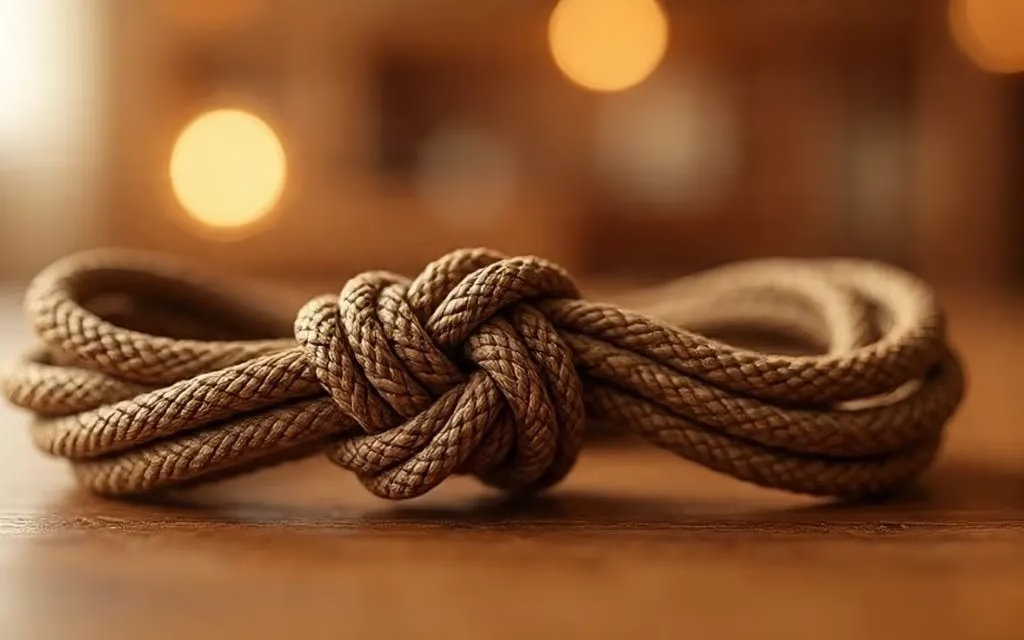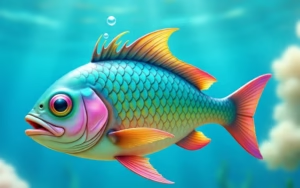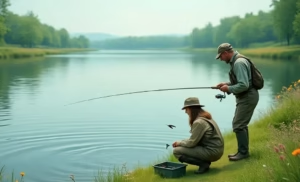FG knot. Known for its exceptional strength and incredibly slim profile, the FG knot, believed to originate from Japan and signifying “Fine Grip,” is the gold standard for securely connecting fluorocarbon or monofilament leaders to braided mainlines. This article delves into why this knot is indispensable and provides insights into mastering its unique tying method.
The Evolution of Leader Systems: From Mono to Braid
In the past, when monofilament was the prevailing line choice for most anglers, the need for a separate leader was less common, with surfcasting being a notable exception. Surfcasters, employing powerful, long rods designed to launch heavy sinkers of 6 ounces or more, frequently encountered a critical issue: line breakage during the cast.
Imagine the scenario: you’re wielding a robust surf rod, a 150-gram sinker at the ready, and your reel spooled with 20-pound monofilament (some even opted for lighter 15-pound test). The sheer force exerted during the cast often led to a distinctive, rifle-like crack — a clear signal that your line had snapped, typically at the knot. This wasn’t just frustrating; it was costly. Each breakage meant losing not only the sinker but also the entire terminal rig, hooks, and precious fishing time spent re-tying. Often, these unexpected losses were exacerbated by overlooked line wraps around the rod tip, a common oversight that experienced surfcasters diligently check for before every cast.
The solution to this persistent problem was the introduction of a heavy shock leader, typically 40 to 50-pound monofilament. This leader, measuring approximately two rod lengths, provided the necessary strength to absorb the casting shock. It extended from the reel, through the rod tip, allowing the terminal rig to hang a couple of feet below, with ample line wrapped around the reel spool for security.
With the advent of braided lines about two decades ago, surfcasters quickly discovered a new challenge: the abrasive nature of braid could inflict painful, deep cuts on their fingers during casting, particularly with eggbeater reels. Several mitigation strategies emerged: using a specialized thumb caster, wearing a protective leather finger guard, or, once again, employing a 50-pound monofilament shock leader.
A Knot Transition: From Uni-Knots to the FG
For many years, the back-to-back uni-knot was a reliable go-to for joining two monofilament lines. It was the trusted method for connecting a heavy monofilament shock leader to a lighter mainline. Even when transitioning to braided mainlines, this knot remained a personal favorite for many, including myself. It was strong and dependable, rarely failing even when perceptible bumps indicated its passage through the rod guides.
This reliance on uni-knots extended to various fishing scenarios, such as when targeting fish in the Twizel Canals, where 10 or 15-pound monofilament leaders were routinely joined to braided lines on spinning reels. The method was quick, efficient, and could even be accomplished in the dark—a testament to its familiarity and ease for seasoned anglers.
However, around five years ago, a significant shift occurred. The back-to-back uni-knot for joining mono to braid was retired in favor of the FG knot. The exact catalyst for this change is hazy, but it was likely influenced by research or recommendations. What’s clear is that once the FG knot was adopted, there was no looking back.
The Unmistakable Advantages of the FG Knot
The superior performance of the FG knot quickly became apparent through its distinct advantages:
- Slim Profile and Smooth Casting: The most compelling benefit of the FG knot is its remarkably small diameter. Unlike the bulky uni-knots, which caused a noticeable “clunk” as they passed through rod guides, especially the tip, the FG knot glides through effortlessly. This makes casting and retrieving significantly smoother and more enjoyable, enhancing the overall fishing experience.
- Exceptional Knot Strength: The FG knot is renowned for its strength, often touted as achieving 100% knot strength, meaning it doesn’t weaken the line at the connection point. While rigorous testing would be needed to definitively confirm a perfect 100%, personal experience unequivocally supports its reliability; it has never failed.
Mastering the FG Knot: Practice Makes Perfect
Despite its many advantages, the FG knot does present one initial hurdle: it can be challenging to tie, particularly for those with visual impairments or when working with small diameter lines. If you’re new to it, your first few attempts might be frustrating. However, this is truly a knot where practice makes perfect. After just five or six attempts, proficiency significantly improves. Even with practice, it might not be the fastest knot to tie, and good reading glasses can be a valuable aid to ensure the line packs down tightly.
A quick search on YouTube for “tying the FG knot” reveals a multitude of methods, generally falling into two categories:
- Older, Convoluted Method: This technique often involves securing the braid and fluorocarbon to a fixed point, forming a cross, and then proceeding with a more complex tying process.
- Newer, Hand-Tied Method (Preferred): This simpler approach allows you to tie the knot using only your hands. It involves braiding the mainline tightly around the leader, creating a secure connection from the outset, rather than relying on a loose initial tie that is then tightened at the end.
The brilliance of the FG knot lies in its unique structure. The braid beds down into the fluorocarbon or monofilament leader, squeezing it tightly without any loops or knots tied in the leader itself. This design contributes to its incredibly slim profile, making it about half the thickness of a double blood knot while being even stronger. When casting or retrieving, its passage through the line guides is barely perceptible.
Practical Applications and Innovations
The durability of the FG knot means that a leader tied with this method, especially one that’s two rod lengths long, doesn’t need to be changed as frequently as knots used for attaching lures directly. For anglers who frequently change lures, constantly cutting and re-tying can progressively shorten the fluorocarbon leader, eventually necessitating a full replacement. This can be a significant inconvenience for “chronic lure changers.”
To combat this, innovations like the Mustad Fastach Clips (size 0.1 Ref FTCBB) offer an excellent solution. These ingenious clips allow for quick lure changes in mere seconds, eliminating the need to cut and shorten your line. Their design ensures free movement of soft bait jig heads or other lures, prevents line twist, and their small size ensures they don’t impede the lure’s natural swimming action.
Embrace the FG Knot
If you haven’t already incorporated the FG knot into your angling arsenal, now is the time. While there might be a slight learning curve, the benefits far outweigh the initial effort. With a bit of practice, you’ll quickly master it. The FG knot is the ideal choice for connecting fluorocarbon or monofilament leaders to your braided mainline for all types of spin fishing.
Given that braided lines are now commonplace, the FG knot provides an almost seamless connection that you’ll barely feel passing through your rod guides. It is the perfect choice for a wide range of species, from trout, salmon, and kahawai to larger targets like kingfish and tuna. For those fishing the Twizel Canals with lighter lines, learning to tie the FG knot is an absolute must.
The preferred method for tying the FG knot is the hand-tied technique, requiring no fixed anchor points and offering convenience and versatility on the water.




